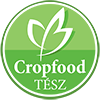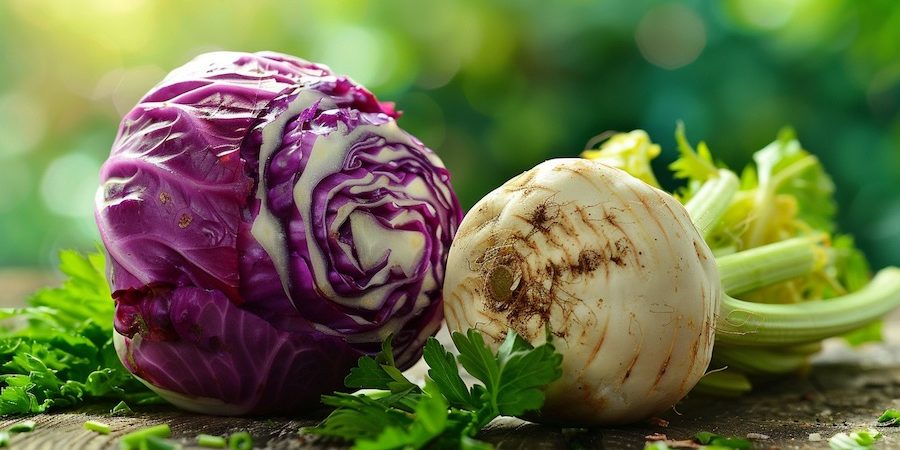As we say goodbye to the long, harsh winter, it’s crucial to replenish our vitamins and minerals. With the season for fresh, home-grown primary vegetables still to come, the best choices are long-staying vegetables such as nutritious celeriac and juicy red cabbage – these two vegetables are also available at a special offer in SPAR stores between 22 and 28 February 2024 . A zeller és a vöröskáposzta két népszerű zöldség, amelyek nemcsak ízletesek, de egészségesek is. Ezek a zöldségek különleges helyet foglalnak el a hazai konyhában, és sokféleképpen felhasználhatók. Cikkünkben megvizsgáljuk őket, valamint bemutatunk néhány kreatív felhasználási módot és ételajánlatot is.
Historical background
The celeriac became popular in Europe, particularly in France, where it is known as “célérie rave”. It was first cultivated in the 17th century as a tasty and nutritious vegetable. Red cabbage, also known as purple cabbage, has a much longer history and was known in ancient Greece and Rome. The purple colour of red cabbage is due to the presence of phytochemicals which have antioxidant properties.
Celery, celery stalk, celery tuber?
The name celeriac is used for both celery stalks and celeriac tubers, although there is a significant difference in the way they are used: in the case of celeriac, the long, crispy stalks are eaten, while in the case of celeriac, the root part of the plant grows into a thick, fleshy tuber. Celeriac has a less intense flavour than celeriac and is often used in soups, purees or salads.
Why and how should we eat these vegetables?
Celery and red cabbage are both rich in vitamins and minerals. Celery tubers are an excellent source of fibre, which aids digestion, while red cabbage is rich in anthocyanins, which have powerful antioxidant properties. Both vegetables are low in calories, making them an excellent choice for dieters. Celeriac is often used in cream soups, purees and salads. Creative uses include making celeriac crisps or even serving celeriac in the form of fried celeriac steaks. The versatility of red cabbage is also impressive; it can be eaten fresh in salads, steamed as a side dish or even fermented as a cabbage salad.
Food suggestions using both vegetables
Prepare a vegetable pasta: cut the celeriac and red cabbage into thin strips, fry them in olive oil with garlic, add a little tomato paste and season to taste. The mixture is then mixed with freshly cooked pasta to make a healthy, colourful and tasty dish. Another great idea is a celeriac and red cabbage salad, which brings freshness and crunch to meals. Thinly slice celeriac and red cabbage, add fresh apples and walnuts and toss with a light mustard dressing. This salad can be the perfect accompaniment to any main course, or even stand alone as a light, nutritious lunch. Overall, celeriac and red cabbage are extremely versatile vegetables. By using them creatively, you can create varied and nutritious dishes that contribute to a healthy diet.


